Hertford College’s Michaelmas Term 2024 archives and rare books display
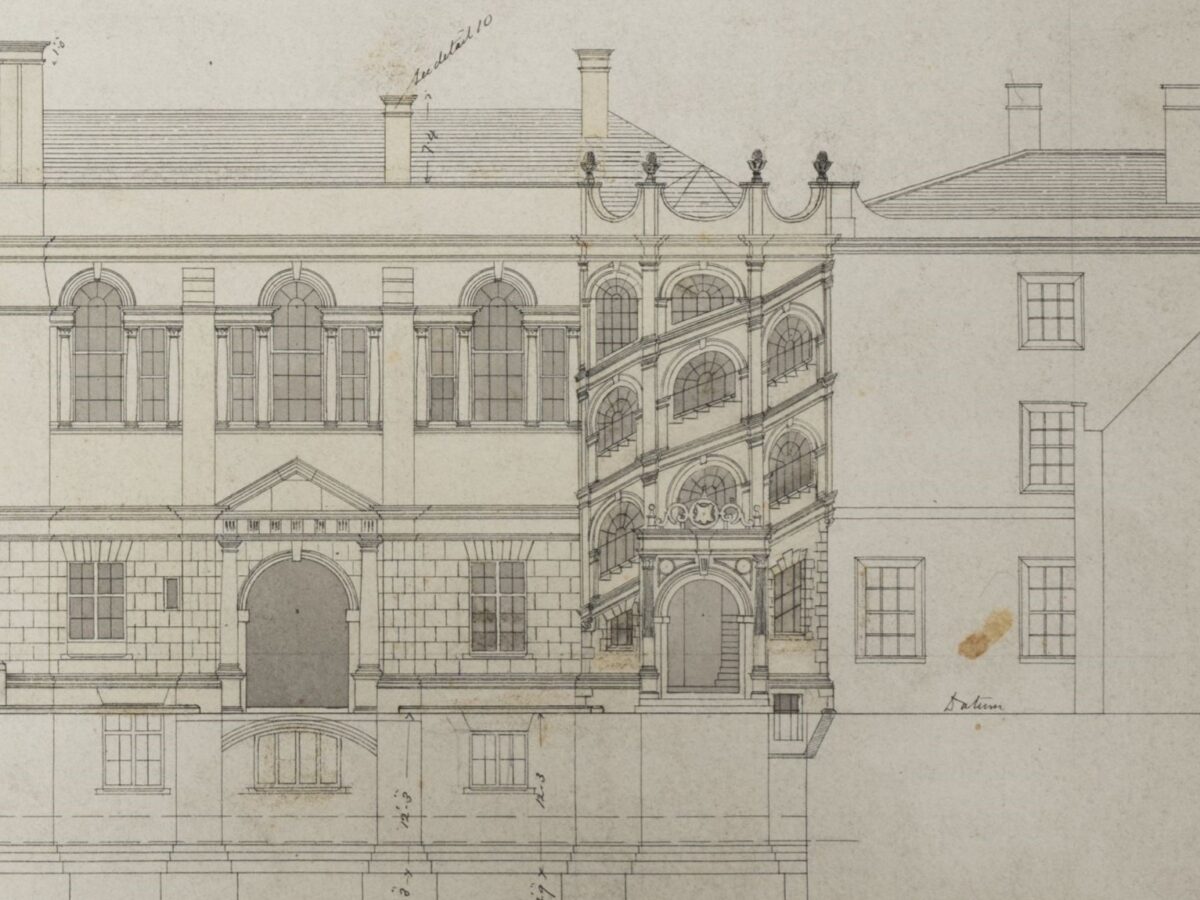

Hertford College’s Michaelmas Term 2024 archives and rare books display
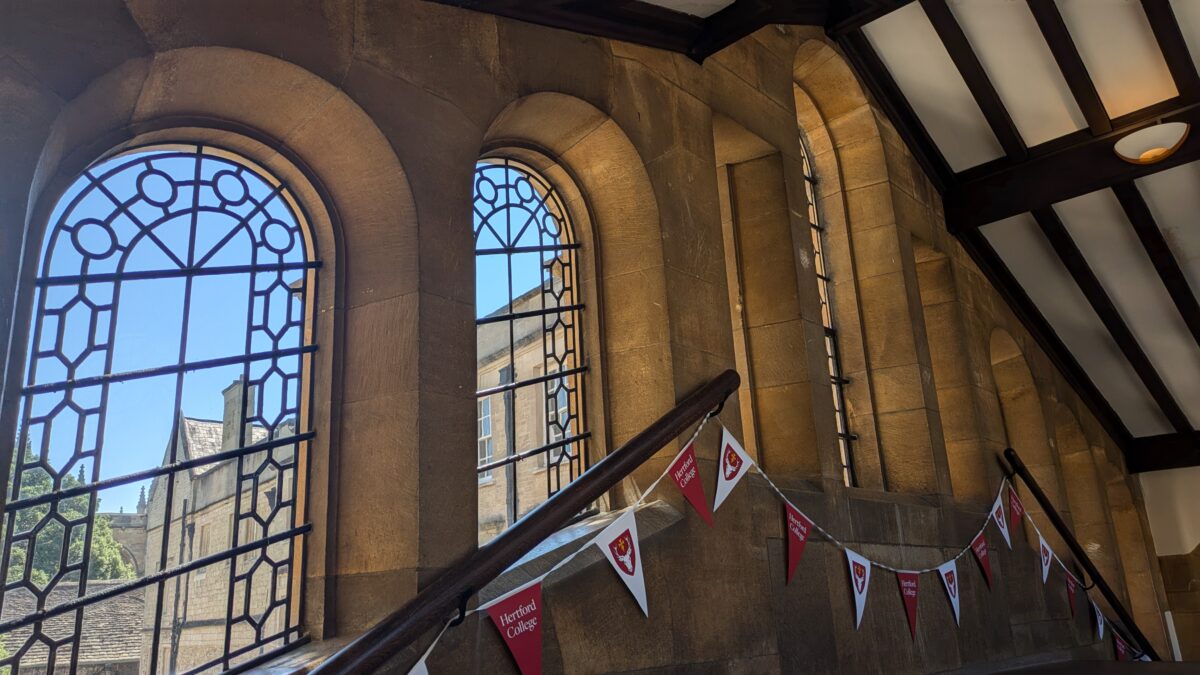
In July 2024 two pupils from local schools spent a week working with the Hertford Library and Archives team. The team enjoyed welcoming the pupils, introducing them to how libraries and archives work and their enthusiasm for the library’s summer stock check and the special collections digitisation projects! The placements were organised through the College’s […]
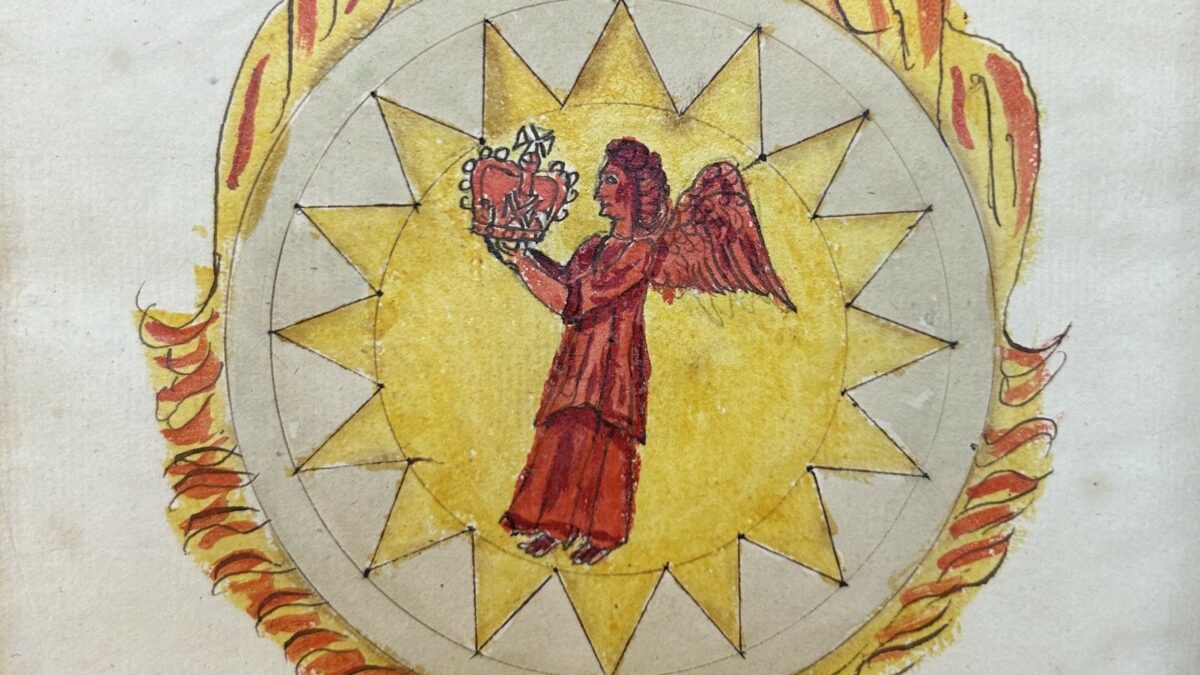
While the rare books are stored off site during Hertford’s major library re-development, rare books expert Sophie Floate takes a further look into our manuscript collection, most of which are currently housed at the Bodleian Library. Several of the items there are on broadly astrological or alchemical themes, some of which are quite strange. Ranging […]
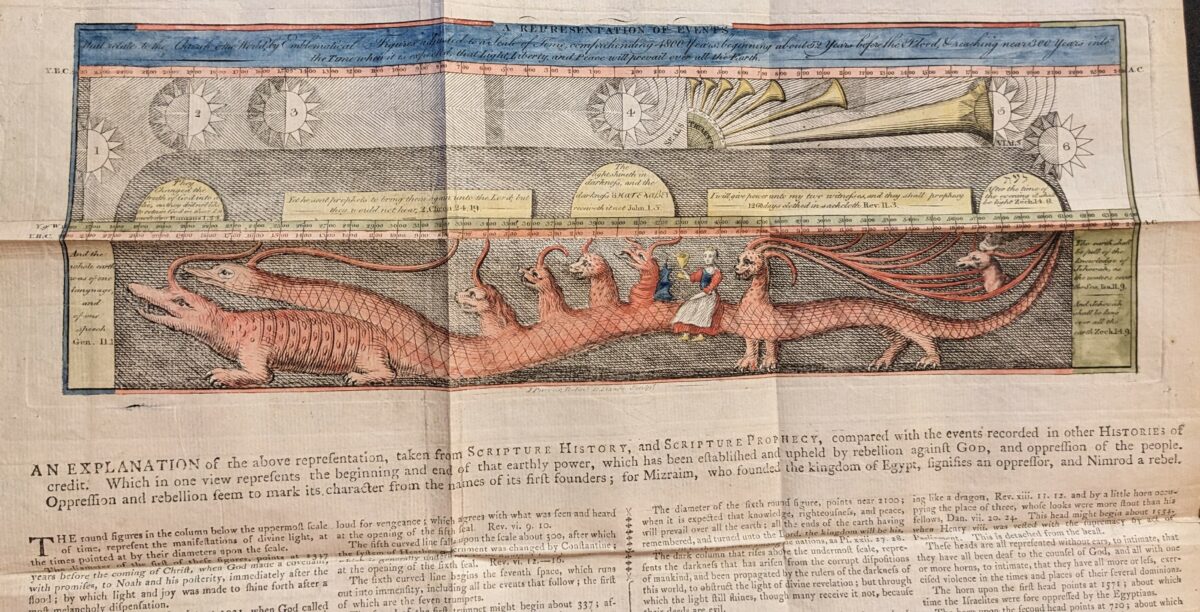
Hertford College Library’s Michaelmas Term 2023 rare books display
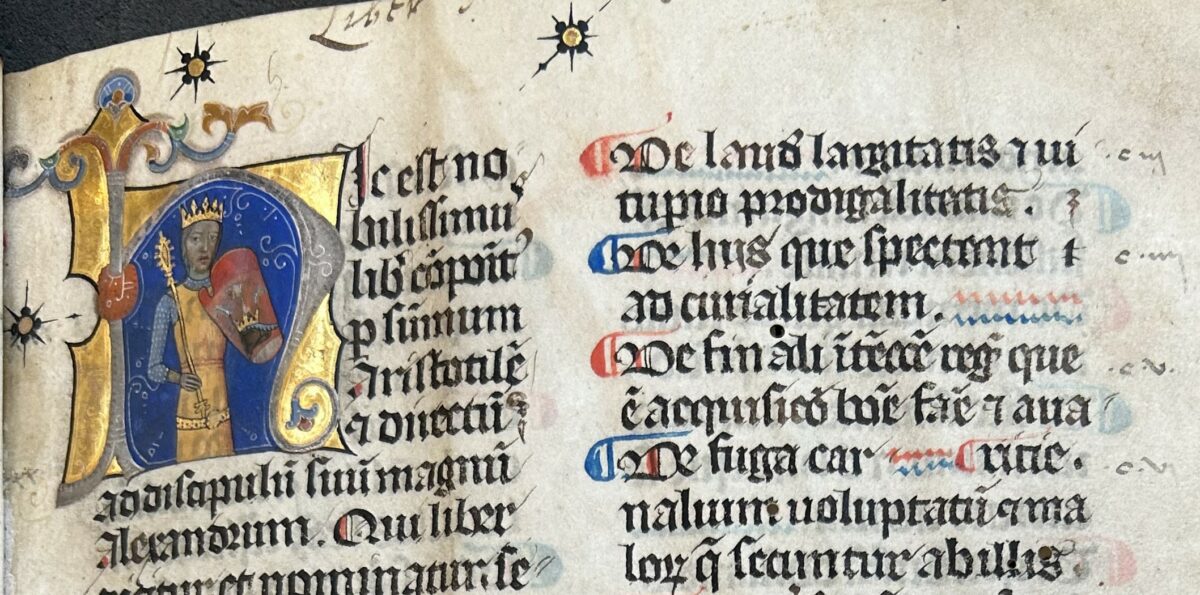
Hertford’s rare books cataloguer, Sophie Floate, writes about one of the library’s oldest items: Hertford MS 2. This beautifully illuminated 14th century manuscript was commissioned by King Louis the Great of Hungary. Hertford College Library has a small number of medieval manuscripts, currently housed at the Bodleian. Hertford College MS 2 is a copy of […]
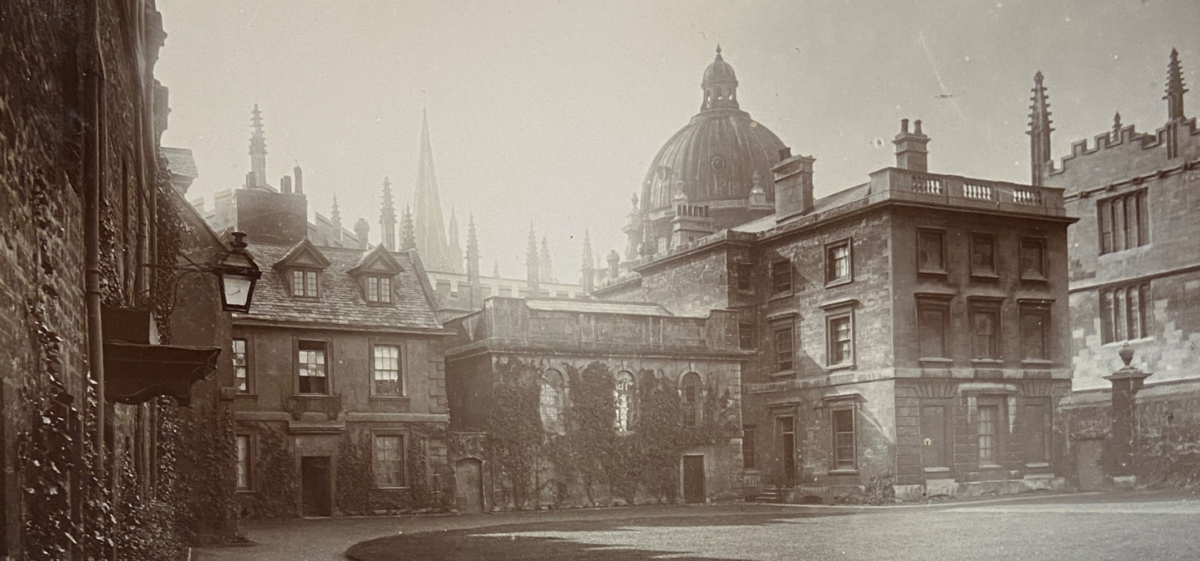
The 19th and 20th centuries were a time of great change as Magdalen Hall and the remnants of Hart Hall transformed into the modern day version of Hertford College on the current Catte Street site.